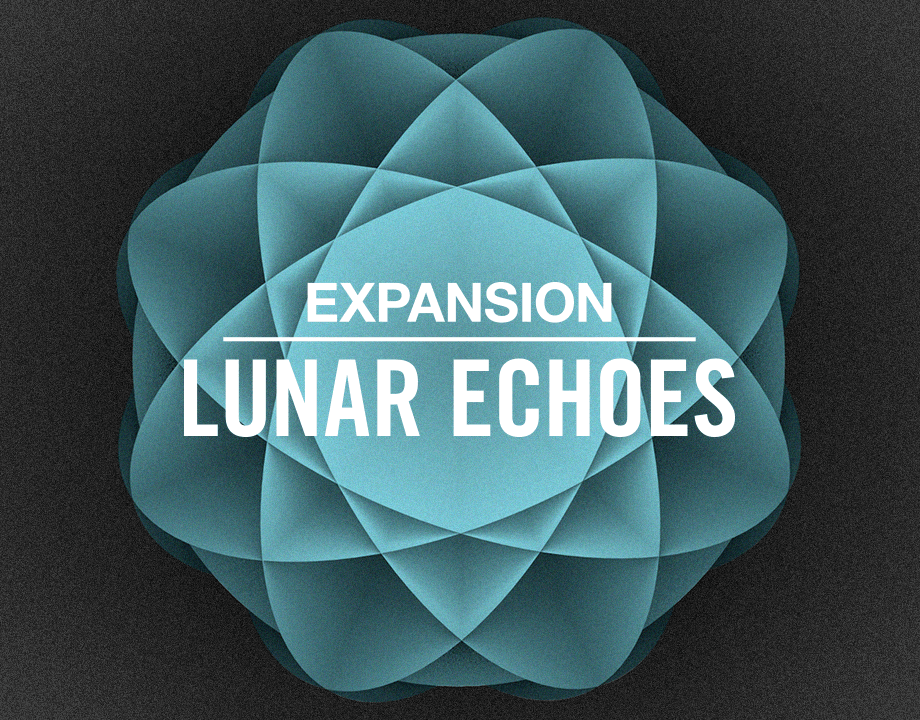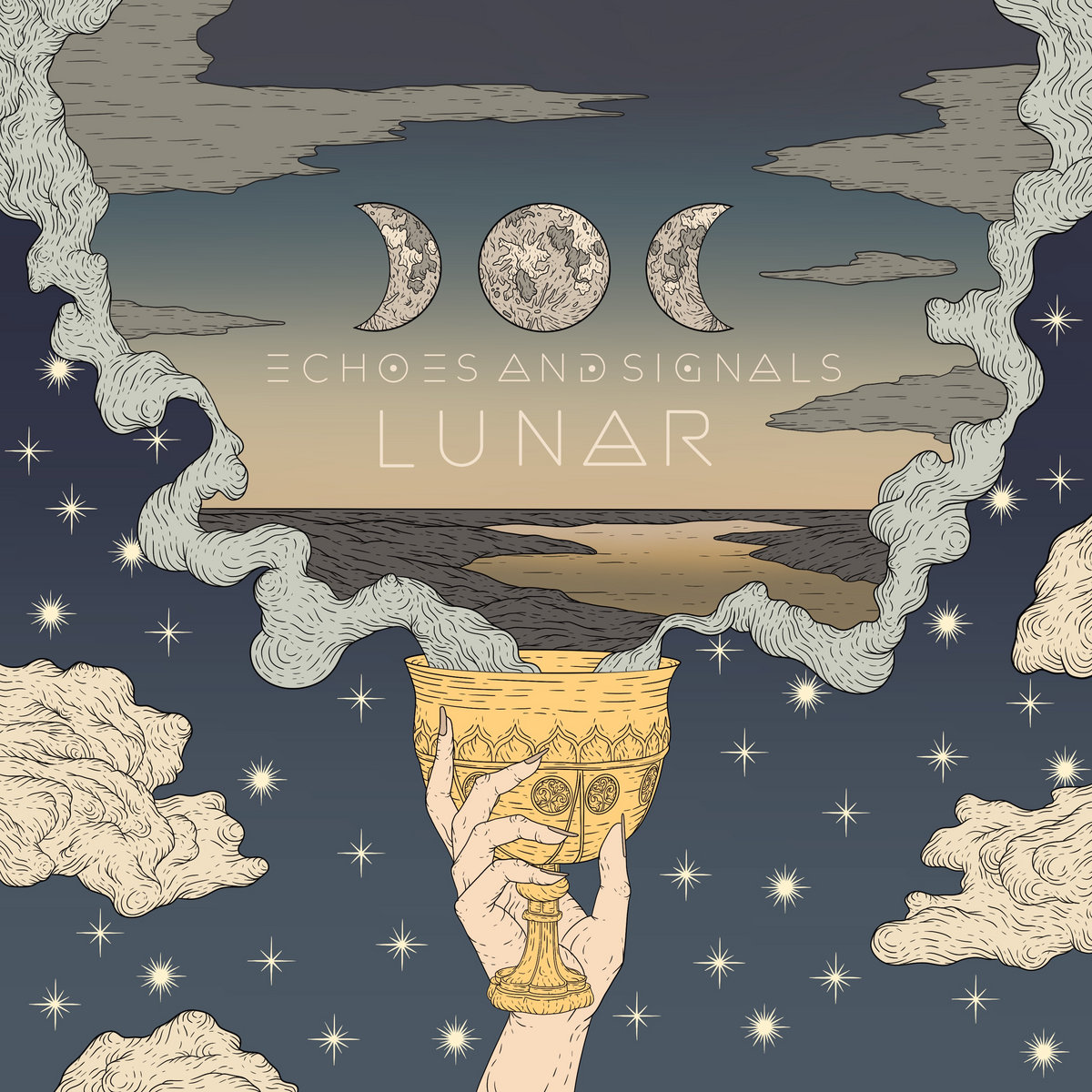From Lunar Echoes to Heartbreak Highways: Exploring the Views from a Blue Moon’s Songbook
Associated Articles: From Lunar Echoes to Heartbreak Highways: Exploring the Views from a Blue Moon’s Songbook
Introduction
With enthusiasm, let’s navigate by way of the intriguing subject associated to From Lunar Echoes to Heartbreak Highways: Exploring the Views from a Blue Moon’s Songbook. Let’s weave fascinating info and provide contemporary views to the readers.
Desk of Content material
From Lunar Echoes to Heartbreak Highways: Exploring the Views from a Blue Moon’s Songbook

Neil Younger’s expansive and sometimes enigmatic discography is an unlimited panorama of musical exploration, reflecting his private journey and the socio-political local weather of his time. Inside this panorama, the album On the Seaside (1974) stands as a very poignant and introspective work, a sonic illustration of disillusionment and weariness. Whereas not explicitly titled "Blue Moon," the album’s pervasive ambiance and several other key tracks embody the melancholic magnificence and reflective qualities usually related to the uncommon celestial occasion – a becoming metaphor for the album’s general thematic resonance. Inspecting the "views" from On the Seaside, and different songs throughout Younger’s catalog that contact upon related themes, reveals a posh tapestry of emotional landscapes, revealing the multifaceted nature of his creative imaginative and prescient.
On the Seaside is not an easy idea album; somewhat, it’s a group of interconnected narratives and moods that coalesce to create a robust sense of desolation and impending doom. The album’s title itself units the stage, suggesting a solitary determine gazing out at an unforgiving ocean, mirroring the protagonist’s inner turmoil. Songs just like the title observe, "On the Seaside," and "Ambulance Blues" seize this sense of isolation and impending disaster with a stark, virtually cinematic high quality. The imagery is evocative: the vastness of the ocean, the relentless waves, the approaching storm – all mirroring the inner struggles and anxieties of the characters depicted.
"On the Seaside" itself paints an image of quiet despair. The protagonist, weary and disillusioned, finds himself adrift, each actually and metaphorically. The repeated line, "I am on the seaside," turns into a mantra, a stark declaration of his present state. The track’s understated melody and Younger’s raspy vocals improve the sense of vulnerability and resignation. This sense of being stranded, of being misplaced at sea, is a recurring motif all through the album, reflecting a broader societal unease prevalent through the early Seventies. The Vietnam Battle was nonetheless raging, environmental issues have been rising, and a way of societal breakdown permeated the cultural panorama. Younger’s music, on this context, acts as a barometer of those anxieties, capturing the collective unease of a era.
"Ambulance Blues," one other cornerstone of the album, takes this sense of disillusionment to a darker place. It is a sprawling, virtually chaotic composition that displays the fragmented and chaotic nature of the occasions. The track’s narrative jumps between completely different views, weaving collectively tales of habit, despair, and impending dying. The frantic vitality of the music mirrors the urgency of the conditions described, creating a way of impending doom. The lyrics are crammed with vivid imagery, portray a grim image of societal decay and private disintegration. The "blue moon" facet right here is not explicitly talked about, however the overarching sense of impending disaster, of a world teetering on the brink, resonates with the rarity and sometimes ominous connotations related to the celestial occasion.
Past On the Seaside, different songs in Younger’s catalog contact upon related themes of isolation, disillusionment, and the seek for that means, echoing the melancholy magnificence related to a blue moon. "Helpless," from Harvest (1972), whereas ostensibly a love track, possesses an underlying fragility and vulnerability that speaks to a deeper sense of loneliness. The track’s light melody and introspective lyrics paint an image of craving and dependence, highlighting the fragility of human connection in a world usually characterised by its indifference. The quiet desperation expressed in "Helpless" mirrors the quiet desperation present in "On the Seaside," suggesting a recurring thematic concern in Younger’s work.
"The Needle and the Harm Carried out," additionally from Harvest, tackles the devastating results of drug habit with uncooked honesty. The track’s stark simplicity and unflinching portrayal of habit’s damaging energy resonate with the album’s general theme of societal decay. Whereas circuitously associated to a blue moon’s imagery, the track’s bleakness and sense of impending doom share an identical emotional weight, creating a way of despair and hopelessness. The uncommon incidence of a blue moon might be seen as a parallel to the rarity of moments of readability amidst the chaos of habit.
Even in songs seemingly unrelated to the somber tone of On the Seaside, a refined undercurrent of melancholy usually emerges. Think about "Harvest Moon," from Harvest Moon (1992). Whereas a phenomenal and romantic track, it possesses a wistful high quality, a way of wanting again on previous experiences with a combination of nostalgia and remorse. The moon, a recurring image in Younger’s work, serves as a backdrop for reflection and contemplation, mirroring the reflective nature usually related to a blue moon. The track’s light melody and heartfelt lyrics create a way of bittersweet longing, capturing the complexity of human feelings and the passage of time.
The "view" from a blue moon, subsequently, within the context of Neil Younger’s music, is not merely a literal commentary of the night time sky. It is a metaphor for the uncommon and sometimes melancholic moments of reflection and introspection that emerge amidst the chaos of life. It’s the quiet contemplation of a weary traveler gazing out on the vastness of the ocean, the stark realization of 1’s personal mortality, the bittersweet eager for misplaced connections. It is the sense of isolation and disillusionment that permeates a lot of Younger’s work, a sense amplified by the rarity and sometimes ominous connotations related to the blue moon itself.
In conclusion, analyzing Neil Younger’s songs by way of the lens of a "blue moon" perspective reveals a deeper understanding of his creative imaginative and prescient. The uncommon celestial occasion serves as a robust metaphor for the recurring themes of loneliness, disillusionment, and the seek for that means that permeate his work. From the desolate landscapes of On the Seaside to the wistful reflections of "Harvest Moon," Younger’s music constantly captures the complexities of the human expertise, providing a profound and enduring creative legacy that continues to resonate with listeners a long time later. The "views" from his songs, usually considered by way of the filter of a metaphorical blue moon, usually are not merely snapshots of moments in time, however somewhat profound meditations on the human situation, providing a timeless and resonant exploration of the fun and sorrows of life.







Closure
Thus, we hope this text has supplied invaluable insights into From Lunar Echoes to Heartbreak Highways: Exploring the Views from a Blue Moon’s Songbook. We thanks for taking the time to learn this text. See you in our subsequent article!
